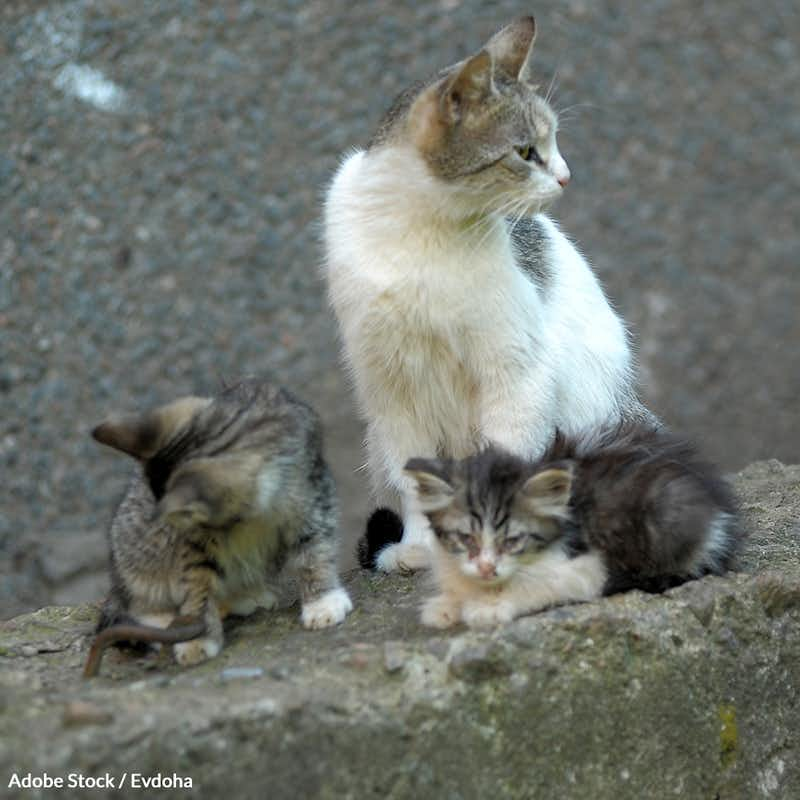Spay and Neuter to Save Lives and Stop Overpopulation
16,633 signatures toward our 30,000 Goal
Sponsor: The Animal Rescue Site
Millions of animals are euthanized every year because of overcrowding at shelters. Take a stand for World Spay Day!

The average female cat can give birth to a litter of about six kittens five times per year. That means about 30 kittens per year born to just one unspayed mother cat1.
The failure to spay and neuter dogs and cats is responsible for millions of unwanted animals living on the streets without homes or food or being killed in shelters all over the world2.
Each year, more than 6.3 million dogs and cats wind up in animal shelters in the U.S. and approximately half of them must be euthanized because there aren't enough good homes for them3.
All cats and dogs adopted from public or private animal care and control facilities should be spayed or neutered.
Talk to your veterinarian about the best time to spay or neuter your pet if you haven't done so already. Fixing your pet doesn't just reduce the overall at-risk pet population, spaying and neutering can be healthy for your furry friend, too.
"Behaviorally, spaying or neutering your pet can keep them from roaming, spraying, and marking their territory; medically, it can prevent disease or illness later in life," says Dr. Stacy Eckman, a clinical assistant professor at the Texas A&M College of Veterinary Medicine & Biomedical Sciences4.
There are a number of potentially fatal health conditions and transmissible diseases that animals can contract or develop as a result of being intact and breeding; for example, pyometra, TVT, and reproductive cancers. These risks are eliminated when the animal is spayed or neutered5.
On the whole, animals who have been sterilized at an early age tend to live longer, healthier lives, potentially increasing their lifespans by up to five years.
Launched in 1995, World Spay Day is an annual campaign that aims to encourage people to save animal lives by spaying and neutering companion animals and feral cats. World Spay Day itself is celebrated annually on the fourth Tuesday in February, but the entire month of February is recognized as Spay/Neuter Awareness Month6.
Help reduce the number of animals that are euthanized every year. Add your name to the World Spay Day Pledge!
- University Veterinary Care Center, P.A. (30 September 2020), "Do You Know About World Spay Day?!."
- American Humane (1 January 2021), "Animal Population Control."
- American Society for the Prevention of Cruelty to Animals (2022), "Pet Statistics."
- Texas A&M College of Veterinary Medicine & Biomedical Sciences (20 February 2015), "The Benefits Of Spaying And Neutering."
- Humane Society International, "Why Spay/Neuter is Important."
- The Humane Society Veterinary Medical Association (2018), "HSVMA Encourages World Spay Day Participation."
The Pledge:
As an advocate for the health and safety of all cats, I pledge to observe World Spay Day on the fourth Tuesday in February, and every other day of the year, by:
- Talking to a veterinarian about having my pets spayed or neutered if I haven't already.
- Sharing facts about spaying and neutering and pet health with fellow pet owners.
- Telling others about World Spay Day on social media.
Pledged by,